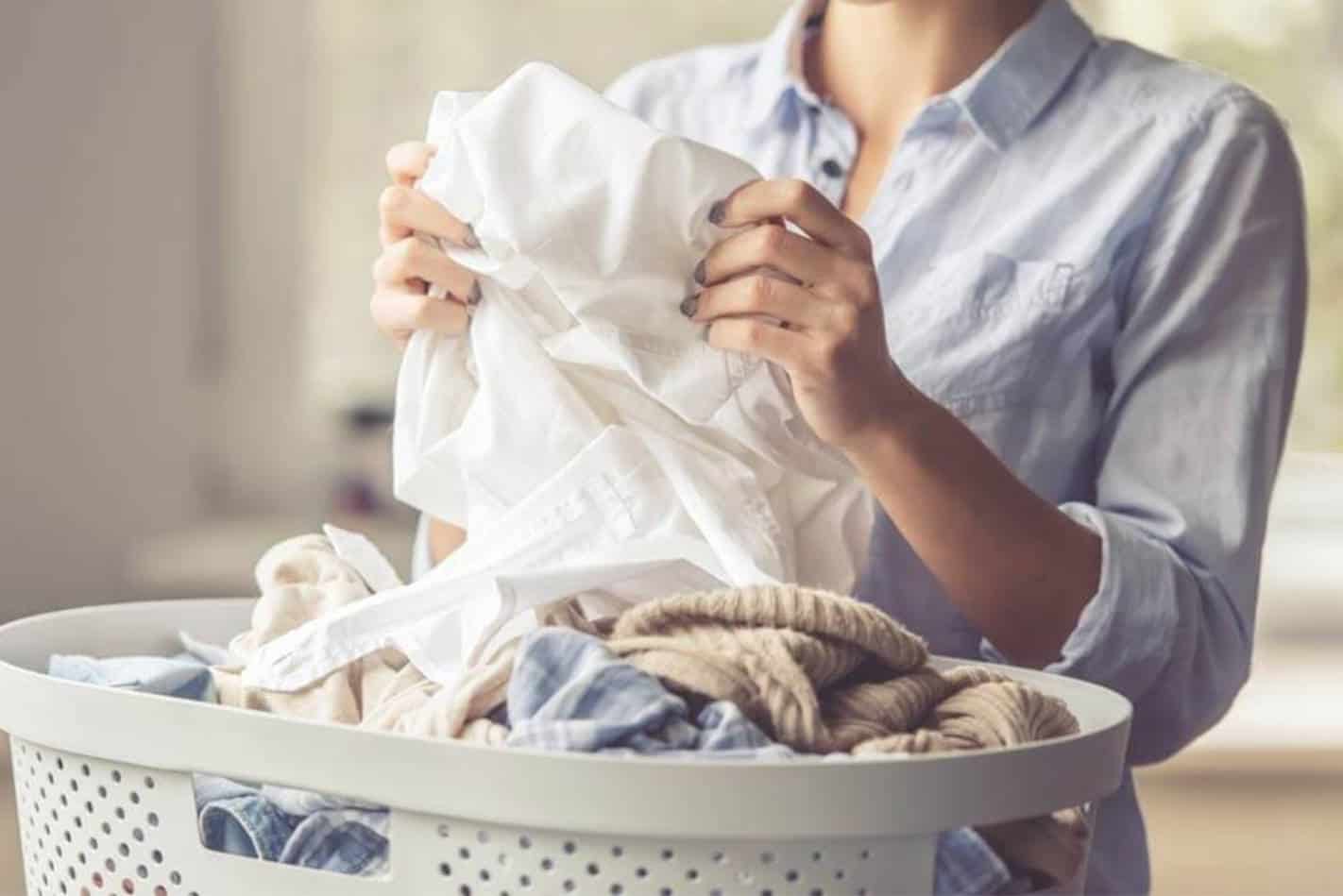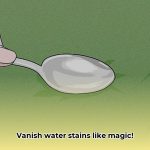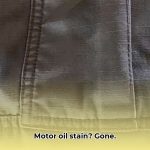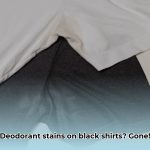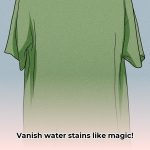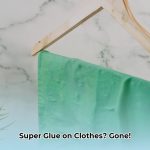Hey there, fabric enthusiasts! Tired of your non-washable clothes holding onto stale odors? This guide reveals the secrets to keeping delicate fabrics fresh and looking their best, from airing and brushing to DIY solutions and specialized fabric care. Let’s dive in!
Reviving Your Non-Washables
Dealing with non-washable clothes can be tricky, but keeping them fresh is entirely possible. Here’s how to breathe new life into your delicate items:
Simple Solutions for Everyday Freshness
- Air and Sunlight: One of the simplest methods is airing out your garments. Hang them in a well-ventilated area with indirect sunlight. UV rays can help break down odor-causing molecules, while fresh air circulates and dissipates lingering smells. This is particularly useful for items like blankets, pillows, and even stuffed animals.
- Brushing: A soft-bristled brush can work wonders. Gently brush the fabric to remove dust, dirt, and other particles that can make fabrics look and smell stale. This is like a mini-facial for your clothes!
- Fabric Freshening Sprays: A quick spritz can make all the difference! Opt for store-bought sprays designed for delicate fabrics, or create your own by mixing equal parts water and white vinegar. Add a few drops of your favorite essential oil, like lavender or lemon, for a touch of fragrance (always test on a hidden area first).
Deep Cleaning and Specialized Care
- Steaming: Steam can refresh fabrics and remove wrinkles. Use a handheld steamer or hang your garment in the bathroom during a hot shower. Test a hidden area first, as some delicate fabrics may require a lower steam setting. For delicate items that can’t be washed, such as suits or dresses, steam can release trapped odors within the fabric fibers.
- Baking Soda Deep Cleaning: For larger items like upholstery or rugs, sprinkle baking soda generously, let it sit for 15-20 minutes to absorb odors, then vacuum thoroughly.
- Fabric-Specific Care: Different fabrics have different needs. Silk benefits from airing or light steaming. Suede can be cleaned with a suede brush. Leather should be wiped with a damp cloth and conditioned. Wool often requires professional cleaning. Upholstery responds well to regular vacuuming and spot cleaning with baking soda or upholstery cleaner.
- Vinegar and Baking Soda Combo: For a more potent cleaning method, combine the power of vinegar and baking soda. Spray the garment with a mixture of equal parts white vinegar and water, let it sit for 5 minutes, then lightly coat with baking soda. Allow it to sit overnight before shaking off the excess powder. This is particularly effective for musty smells in items like drapes.
- Vinegar Soak: For stubborn odors, mix equal parts water and white vinegar in a basin. Submerge the fabric for 30 minutes to an hour, then rinse thoroughly and allow it to air dry. This is useful for larger items like curtains or drapes.
- Other Natural Methods: Consider utilizing coffee grounds, charcoal, or crumpled newspaper to absorb odors from enclosed spaces or within storage containers. Vodka can also be a surprising odor eliminator when sprayed directly onto the affected area (test on a hidden spot first). Lemon juice is another natural deodorizer that can refresh fabrics when mixed with water and sprayed on. Rubbing lemon peel on fabric can also impart a fresh scent. Some people also recommend storing items with fabric softener sheets and towels to absorb moisture, odors, and add a fresh scent.
Prevention is Key: Proper Storage
Proper storage prevents odors. Store items in a cool, dry, ventilated area, avoiding plastic bags. Breathable garment bags or cedar chips are excellent choices.
Looking for an air purifier with washable filters? Our air purifiers with washable filters are a great way to maintain a clean and healthy home environment.
Deodorizing Non-Washable Fabrics
Got non-washable items holding onto unwanted smells? Here’s how to banish those odors:
Natural Odor Eliminators
- Vinegar: Vinegar’s acetic acid neutralizes odors. A vinegar spritz (equal parts water and vinegar) is great for light odors. For stubborn smells, soak the item in a vinegar solution (one cup of vinegar per gallon of water) for 30 minutes or overnight, then rinse thoroughly.
- Baking Soda: Baking soda absorbs odors like a sponge. Sprinkle it liberally on the fabric, let it sit for several hours or overnight, then vacuum or shake it off. For localized odors, make a baking soda paste with water and apply it directly to the affected area. Let it dry completely before brushing or vacuuming the residue.
Nature’s Deodorizing Secrets
- Coffee Grounds: Place a bowl of dry, unused coffee grounds near the smelly fabric in an enclosed space.
- Newspaper: Wrap the fabric in newspaper for several hours or overnight.
- Sunshine and Fresh Air: Hang the fabric outside on a sunny, breezy day.
Commercial Fabric Deodorizers
- Fabric Deodorizing Sprays: These offer a quick fix, but choose one specifically for fabrics and test it on a hidden area first.
- Fabric Deodorizing Powders: Similar to baking soda, these powders absorb odors. Follow product instructions.
Making Fabrics Smell Good Without Washing
Want your fabrics to smell amazing without washing? Here’s how:
Freshening Up Fabrics Naturally
- Vinegar: A vinegar spritz is excellent for musty smells.
- Baking Soda: Sprinkle on upholstery, carpets, or bedding, let it sit, then vacuum.
- Essential Oils: Add a few drops of lavender, eucalyptus, or lemon oil to a water-filled spray bottle and lightly spritz your fabrics. Some oils, like tea tree, also have antibacterial properties.
Other Tricks to Try
- Sunshine and Fresh Air: Harness the power of nature!
- Vodka: Spray it directly onto the affected area (test first).
- Steaming: This releases trapped odors.
Commercial Products
- Fabric Fresheners: Choose sprays or dryer sheets designed for fabrics, but be mindful of potential harsh chemicals.
- Odor-Absorbing Products: Activated charcoal bags or bamboo charcoal insoles can be placed in storage areas.
Disinfecting Fabric Without Washing
Need to sanitize delicate items? Here are some effective methods:
Disinfection Techniques
- Steam Cleaning: Steam’s heat kills bacteria and odors. Test on a hidden area first.
- Sunlight: Sunlight’s UV rays have disinfecting properties. Lay the fabric in direct sunlight for 2-3 hours. Be aware that prolonged exposure can fade colors.
- Vodka Spray: Lightly mist with diluted vodka for a quick refresh. This is not a substitute for thorough disinfection.
- Essential Oils: Some essential oils like tea tree and lavender have antibacterial properties, but are not a guaranteed disinfectant. Always test on a hidden area first and be mindful of allergies.
- Spot Cleaning: Remove visible soiling with a gentle detergent solution and a damp cloth.
- Commercial Fabric Sanitizers: Follow product instructions carefully and test on a hidden area first.
- Freezing: Freezing kills dust mites in items like pillows and stuffed animals, but it does not disinfect against bacteria or viruses.
Essential Considerations
- Always test any method on a small, hidden area first.
- Use gentle approaches for delicate fabrics.
- Consult a professional cleaner if odors persist.
- Air dry thoroughly after any treatment.
Ongoing research continually reveals new cleaning products and techniques. Staying informed ensures you’re using the most effective methods to care for your non-washable fabrics. While these methods are generally safe and effective, individual results may vary. Remember to prioritize the specific care instructions for your fabric and exercise caution, especially with delicate or valuable items.
- How to Remove Water Stains from Fabric: A Complete Guide - April 26, 2025
- How to Get Motor Oil Out of Clothes: Proven Methods & Expert Tips - April 26, 2025
- How to Get Deodorant Out of Black Shirts: Easy Stain Removal Guide - April 26, 2025
